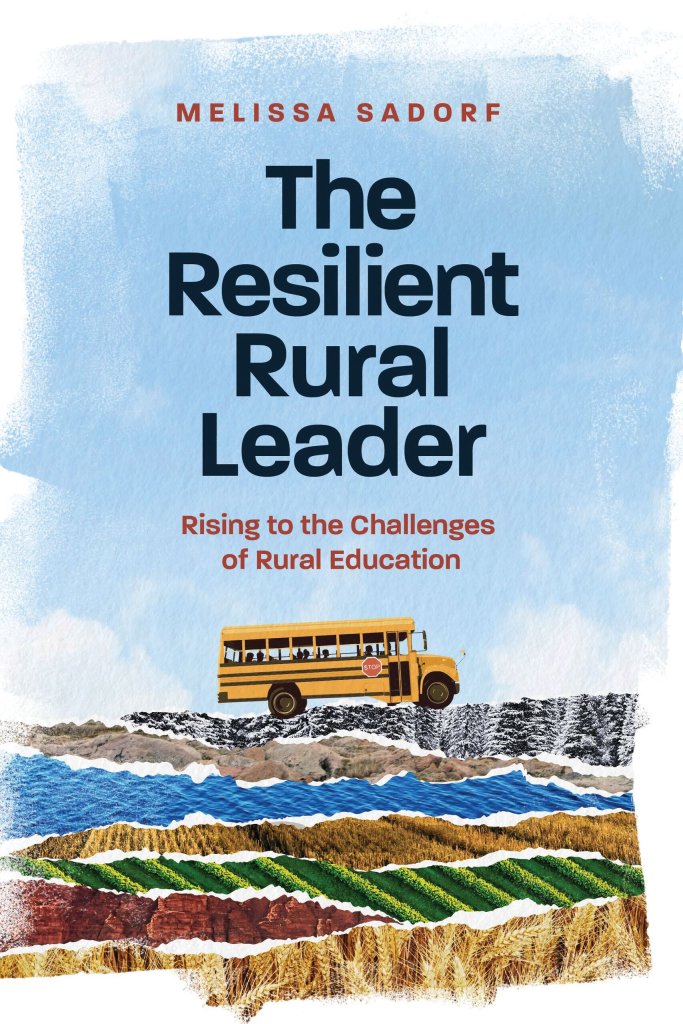During this summer, a team of students from MIT embarked on a journey to the sou …
Success of Rural School Leaders
Jennifer Livingstone

In a rural school community, the principal’s visibility and accessibility are highly valued. Building trust through engagement in local activities is crucial for successful relationships. Principals can enhance their presence by not only being available outside of instructional hours but also by encouraging active parent involvement in school events.
Strategic visibility considerations are important for new principals. Upon arrival in Stanfield, Arizona, I was provided with a list of key individuals to connect with, including both school supporters and detractors. Understanding the influence of longtime community members and their impact on goals and priorities was vital for my leadership in the community.
Building relationships with community members can yield significant benefits. For instance, establishing a connection with a neighboring business owner who owns planes and conducts crop spraying proved invaluable during a mosquito infestation on campus. The supportive business owner swiftly addressed the issue with pesticide application at no cost to the district, maintaining an ongoing supportive relationship.

Categorizing community members based on influence levels is essential for effective communication. Prioritize connecting with individuals in the high influence, high support category to maximize visibility and relationship-building efforts.
New rural school leaders face significant transitions both professionally and personally. Building relationships with community members is key to their success. Starting with open communication, understanding the community’s history, key figures, values, and goals is crucial for long-term success.
Principal Sam Hess utilized a video introduction strategy to engage with staff and the community upon his arrival in the Orland Unified School District. A brief introduction video can initiate effective communication and relationship-building.
Identifying stakeholders and engaging strategically is paramount for school leaders. Stakeholders play a crucial role within the school community and have a vested interest in its success. Understanding and involving various stakeholder groups can enhance communication and support.
- Who has an interest in the function and progress of the school and district?
- Who has a vested interest in the students and families the school serves?
- Who has something to contribute to the school, whether tools or information?
- Who already has a solid understanding and is supportive of what is happening within the school or district, and what should they know to maintain that support?
- Who is a detractor of the school or district, and how much information do they have about what the school is doing?
- Who are the different stakeholders and groups within the community established as needing to be involved?
- Who is missing that needs to be brought on board?
Prioritize stakeholder engagement by following a framework from the Reform Support Network that guides communication from informing to inspiring various community stakeholders.
1. Inform. Employ diverse methods such as the school website, social media, presentations, and newsletters to disseminate information to the school community and stakeholders.
2. Inquire. Seek feedback through surveys, focus groups, and listening sessions from stakeholders regarding potential changes in programming or policies to gain diverse perspectives.
3. Involve. Establish collaborative opportunities with key stakeholders, including parent-teacher organizations and advisory groups, to foster two-way communication and involvement from all community segments.
4. Inspire. Engage a wide coalition of community voices to generate support for change initiatives and encourage active involvement in proposed changes.
Understanding the community and its stakeholders is critical for establishing effective communication channels and garnering support for potential initiatives. Key considerations include engaging with the community’s preferences, transparency in messaging, and utilizing existing structures for effective communication.
From The Resilient Rural Leader: Rising to the Challenges of Rural Education (pp. 54–57), by M. A. Sadorf, Arlington, VA: ASCD. © 2024 by ASCD. Reprinted with permission. All rights reserved.

